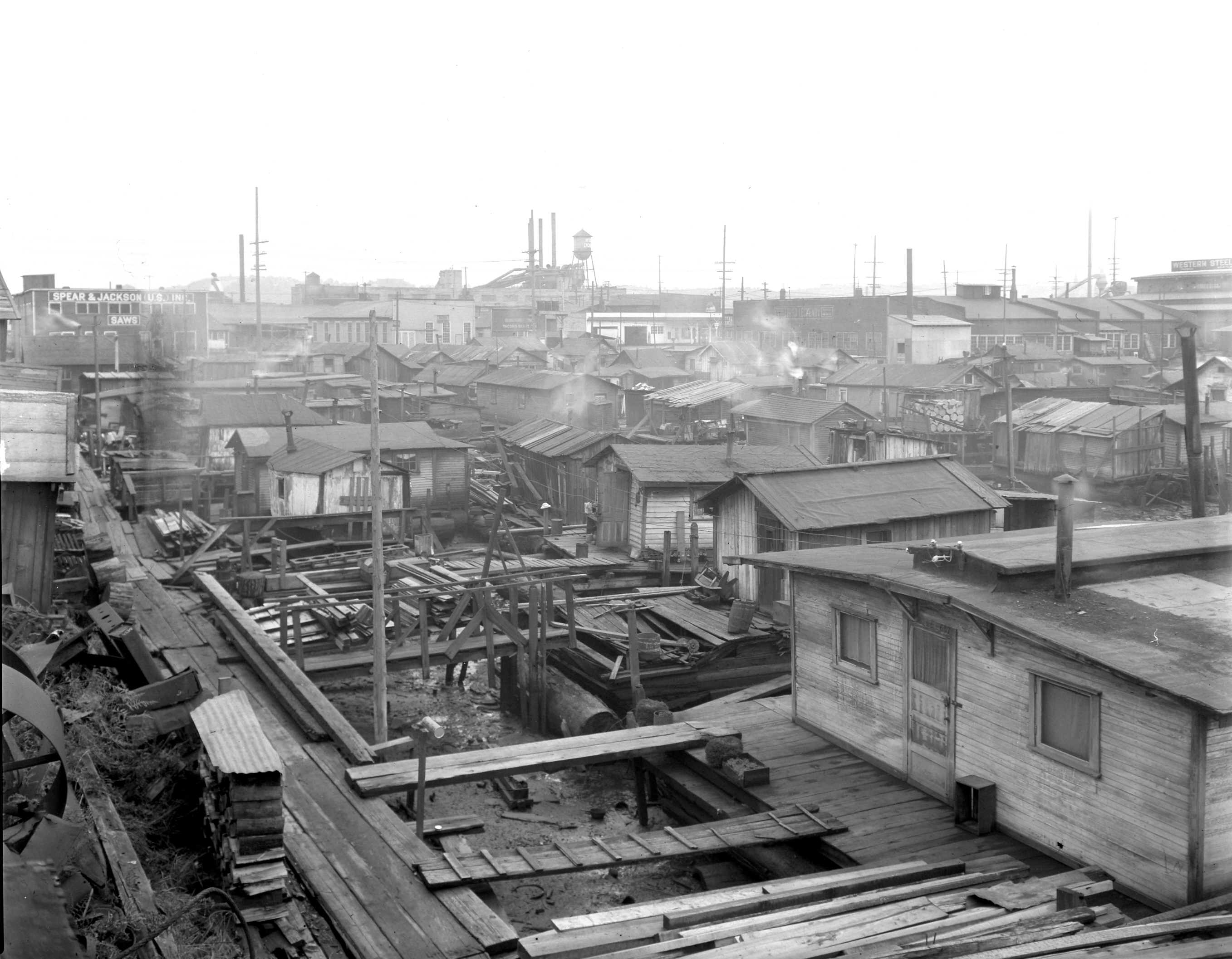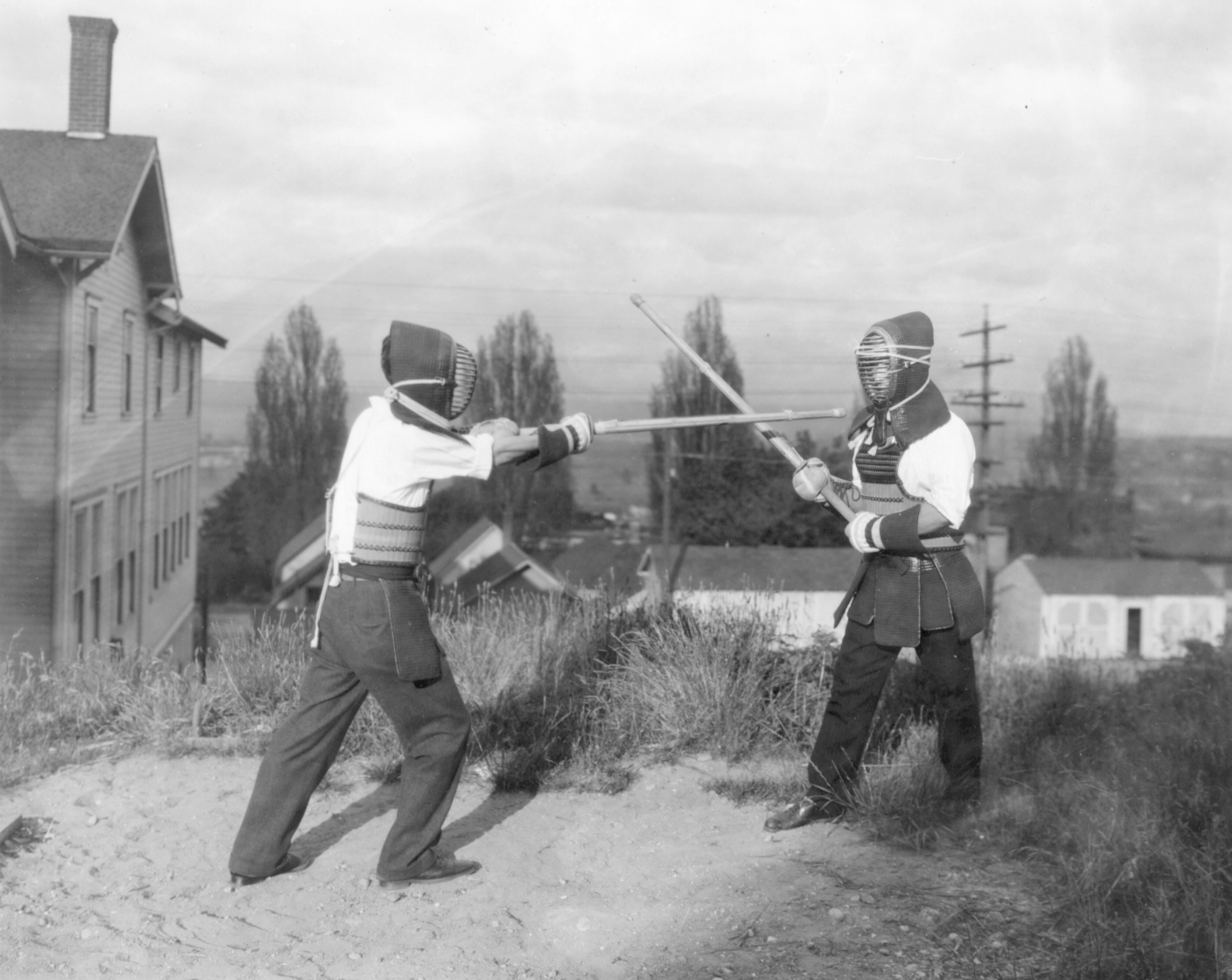Audio Databases
The final element to consider during your editing process is the addition of sound effects and music. I find it helpful to think of these elements like punctuation or using a different style of font for a few paragraphs. These can help give the listener a sense of place in history, where recordings of what it would have actually sounded like may not exist. Listen to this excerpt of the Tideflats project I mentioned earlier and try to identify what elements are woven into the narrative and how they might be used to orient the listener:

What were some of the different elements that you heard? What are the primary sources and what were other types of sources I was maybe narrating?

In that recording, a summary of elements might be:
- Field recording
- Background music
- Narration
- Oral history recording
- Sound clips (kendo sparring, streetcars)
- Multiple documents, news articles and scholarly journal excerpts that I am weaving into the narration
Copyright Free Audio Databases
Here are some places you can locate copyright free sound design and music to use in your projects:
- BBC Sounds Effects Library
- To give a sense of the volume of this copyright free library, please enjoy the 462 different recordings of bus ticket machines available.
- Openverse
- SoundBible
- Freesound
- Zapsplat
- Pixabay Audio +music
Copyright Free Music Databases
✺